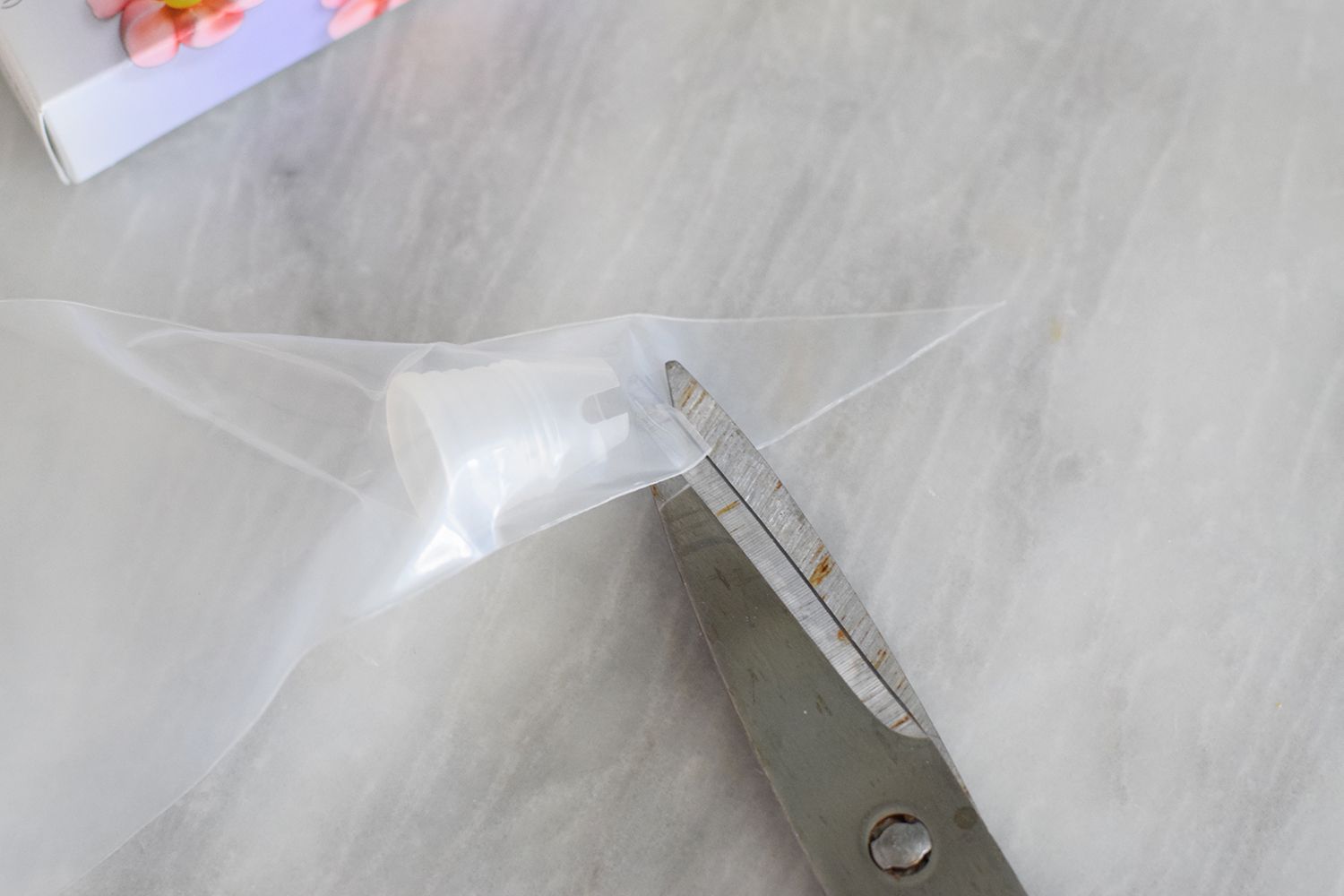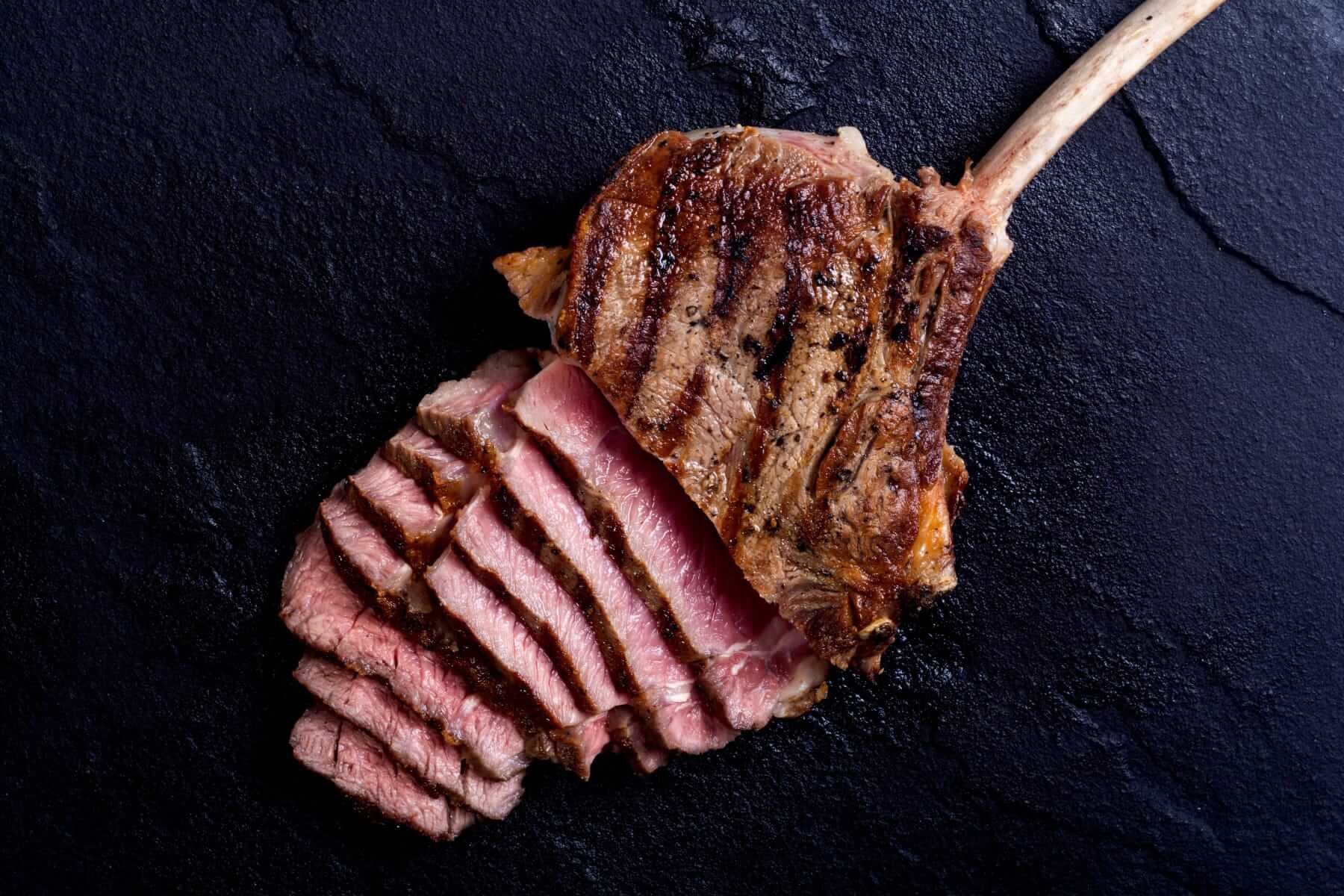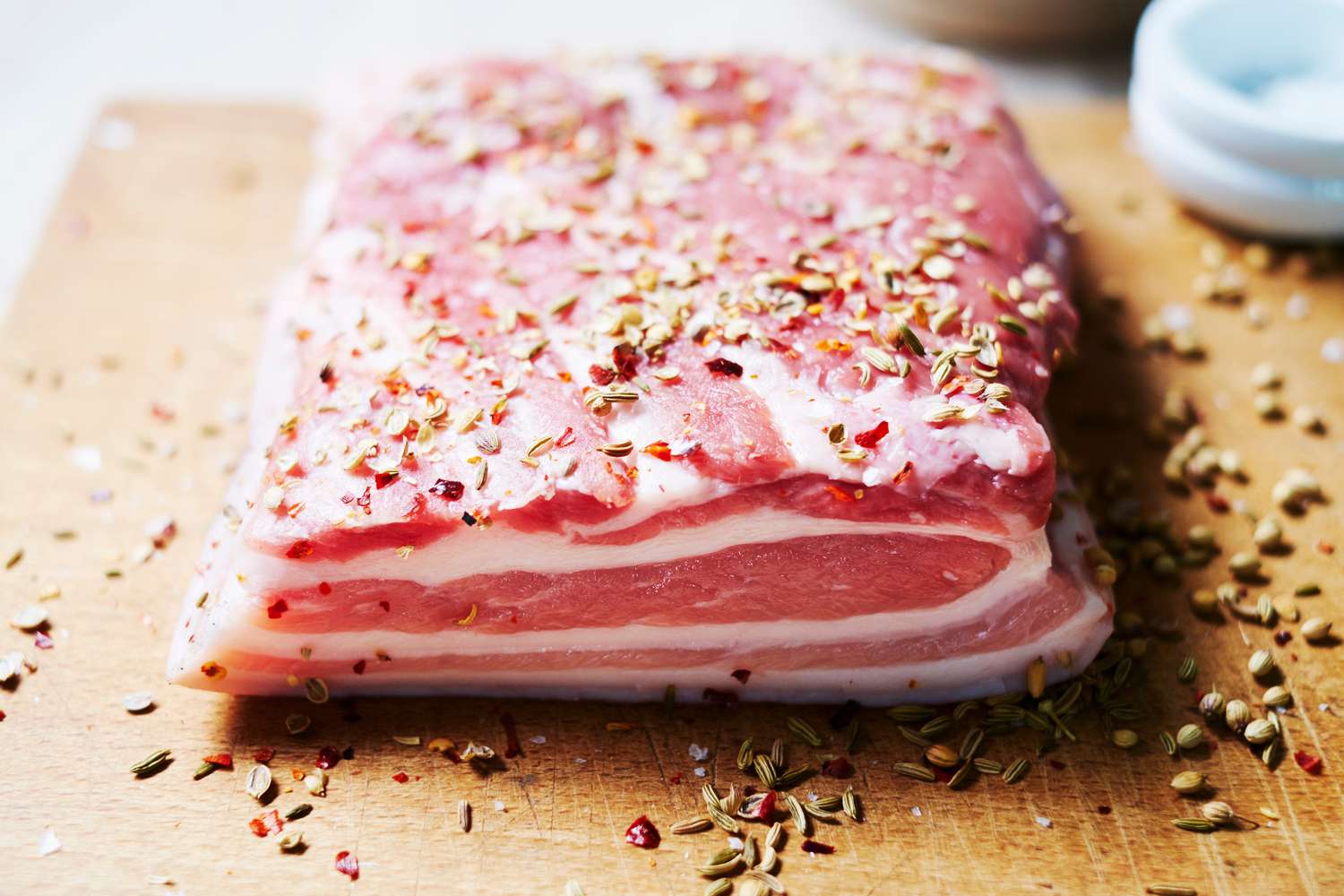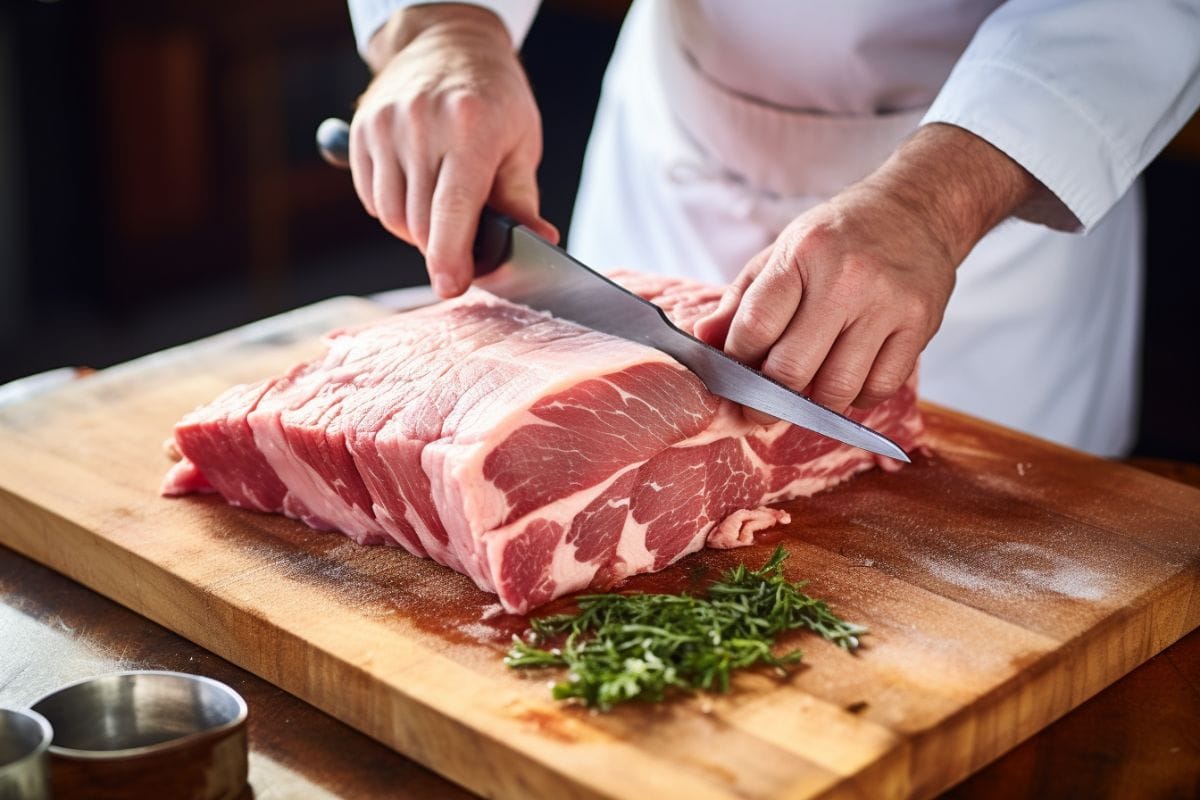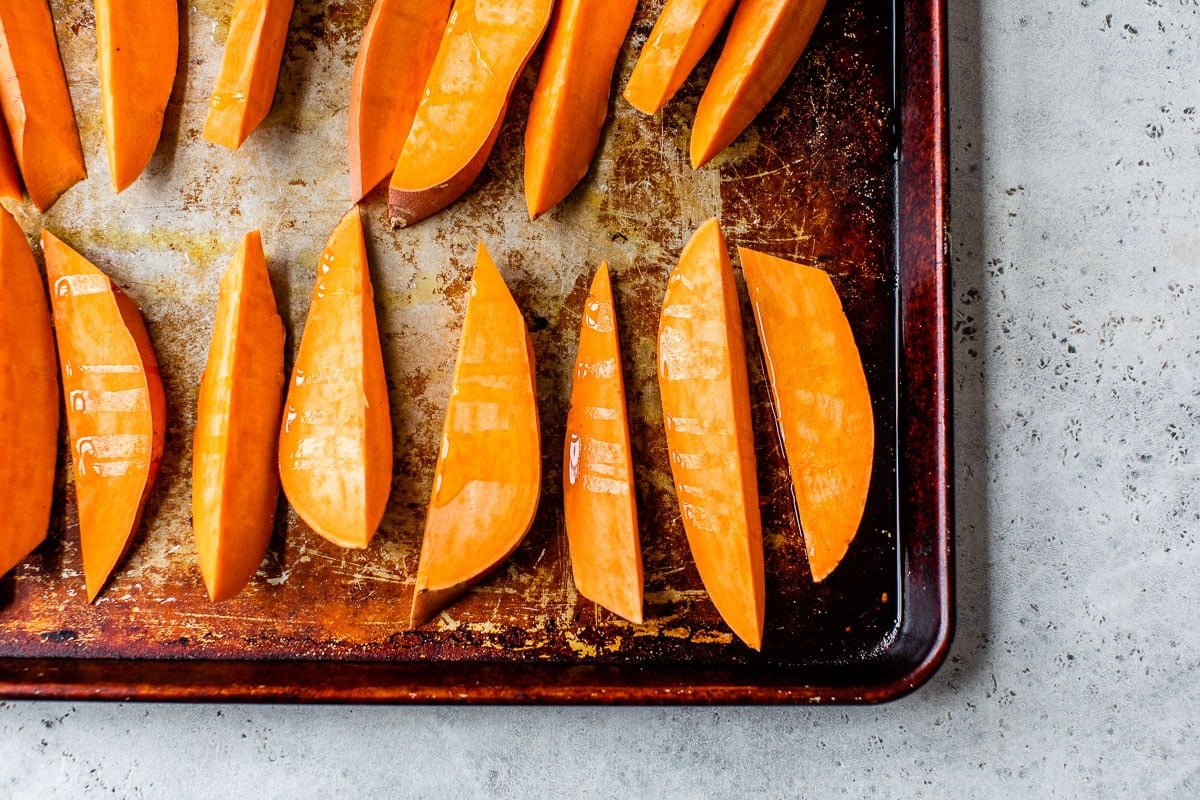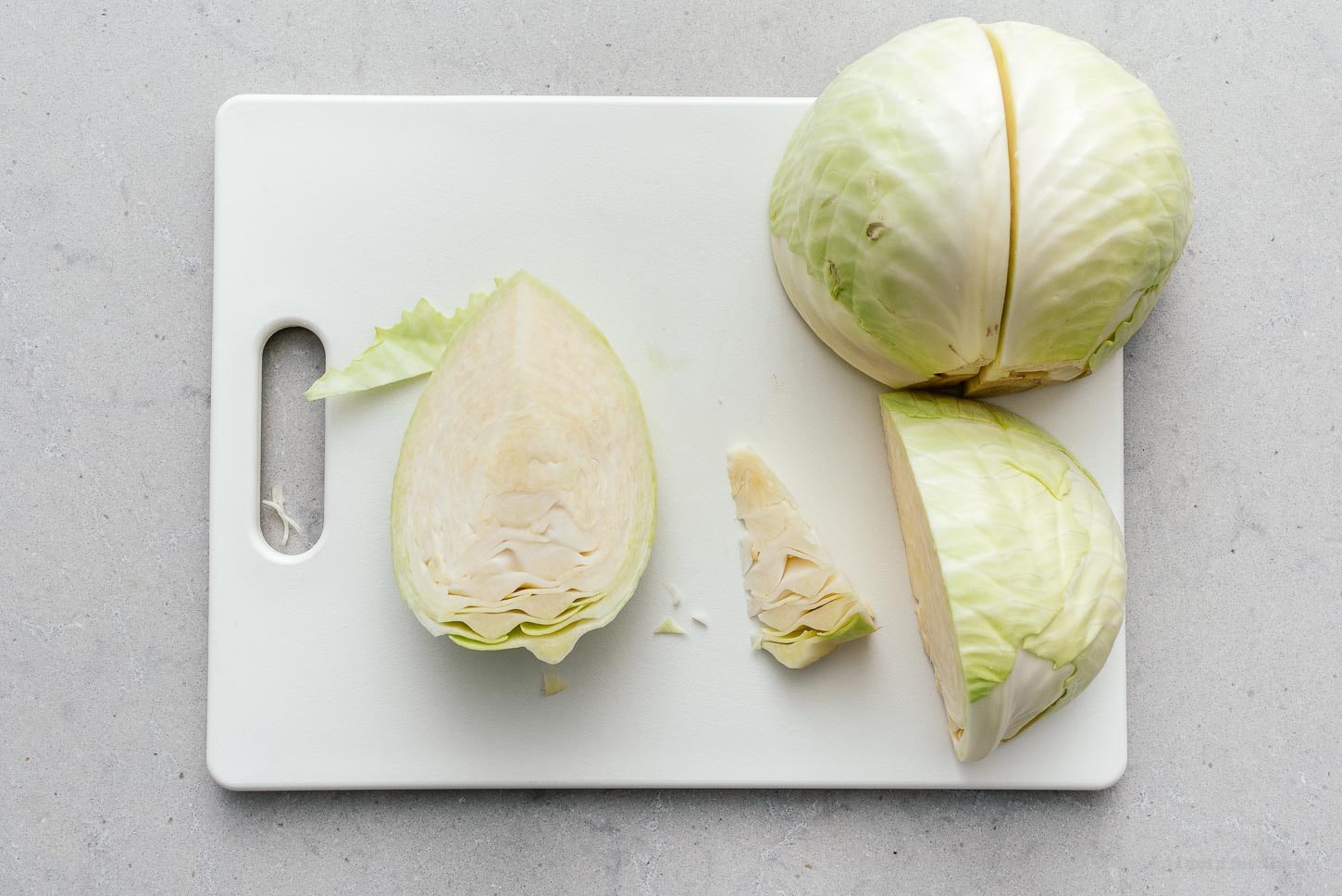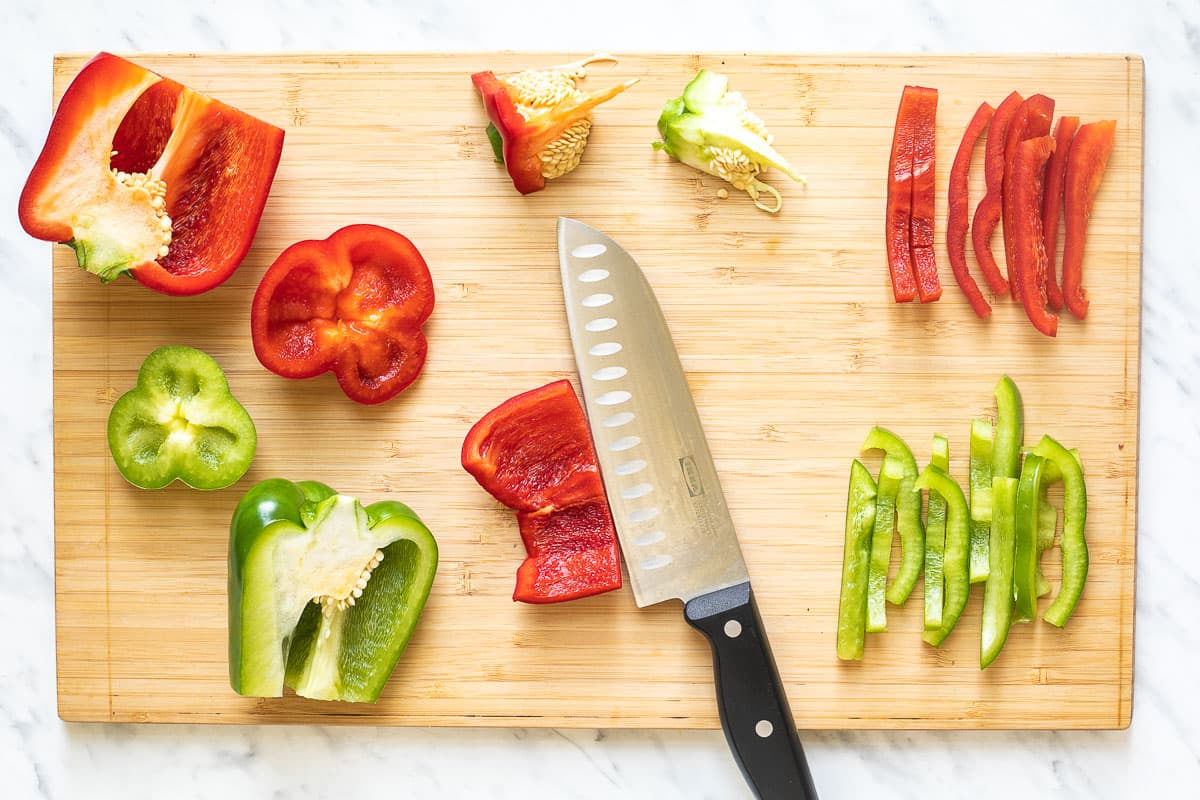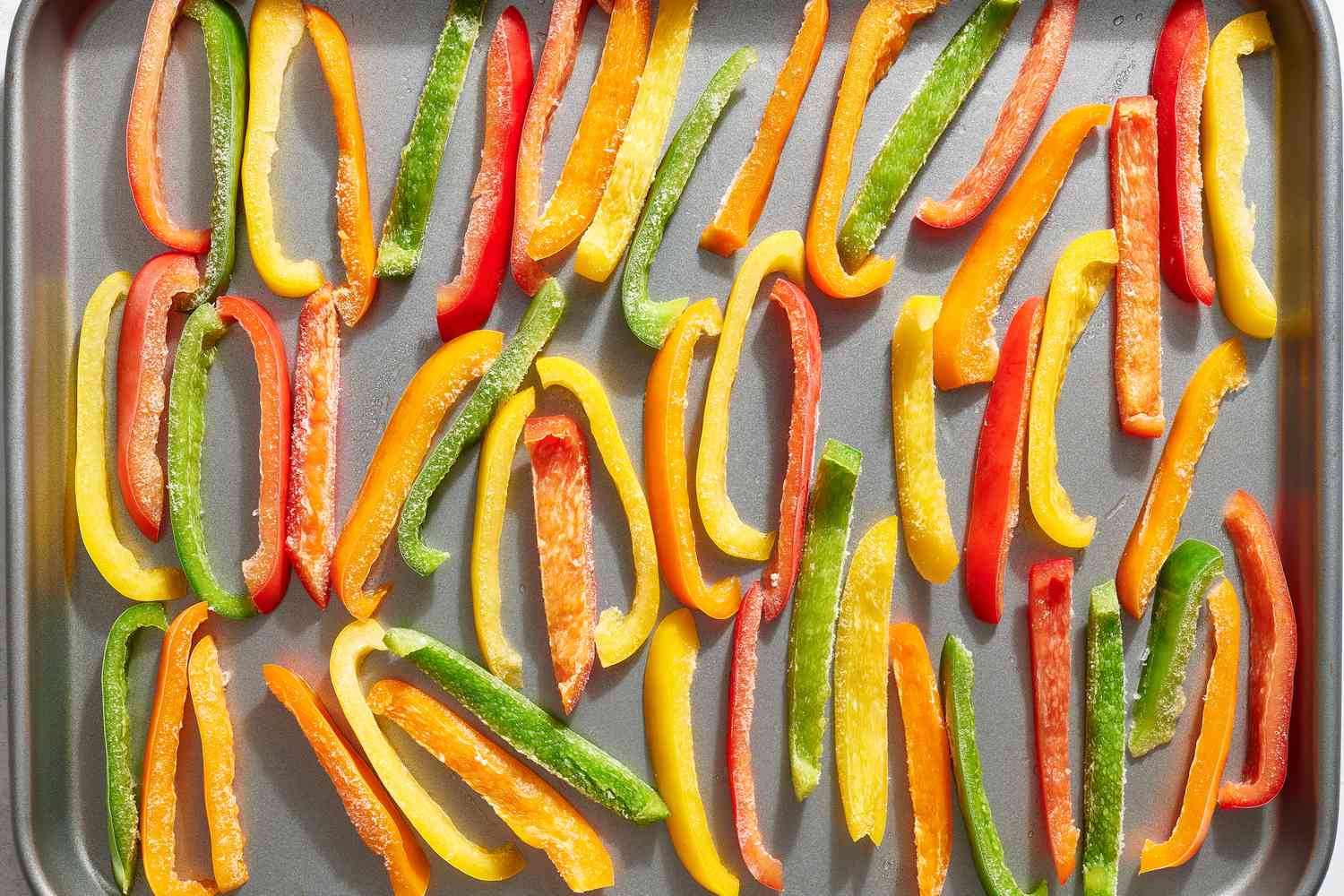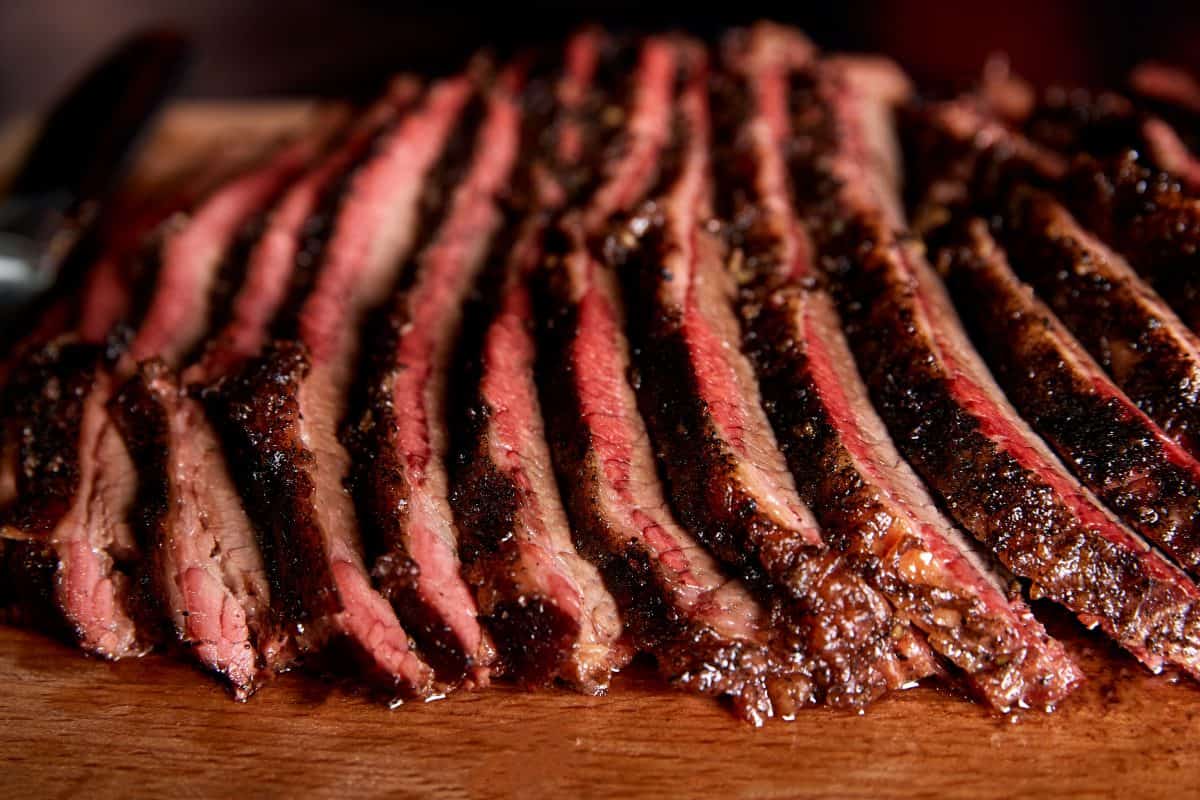How To Cut Strawberries For Baby: A Guide for Busy Parents
Introducing solid foods to your baby is an exciting milestone, and strawberries are a delicious and nutritious choice. However, it’s important to ensure that the strawberries are cut properly to make them safe and easy for your little one to enjoy. In this guide, we’ll show you step-by-step how to cut strawberries for your baby.
Why Choose Strawberries for Your Baby?
Strawberries are packed with essential vitamins and minerals, making them a fantastic choice for your baby’s diet. They are rich in vitamin C, which helps boost your baby’s immune system, and contain antioxidants that support overall health. Additionally, strawberries are a great source of fiber, which aids digestion and promotes a healthy gut.
Step-by-Step Guide to Cutting Strawberries for Your Baby
Follow these simple steps to ensure that the strawberries are safely and appropriately prepared for your little one:
- Choose the Right Strawberries: Select ripe, organic strawberries whenever possible. Look for vibrant red berries that are firm to the touch.
- Wash Thoroughly: Rinse the strawberries under cold running water to remove any dirt or debris. Gently pat dry with a clean towel.
- Remove the Stem: Hold the strawberry with one hand and use a sharp knife to cut off the green stem. Be careful to avoid cutting too much of the fruit.
- Slice or Mash: Depending on your baby’s age and chewing abilities, you can choose to slice the strawberry into small, bite-sized pieces or mash it into a puree-like consistency. For younger babies, mashing the strawberries may be more suitable.
- Serve and Store Safely: Place the prepared strawberries on a baby-friendly plate or bowl and serve immediately. If you have leftovers, store them in an airtight container in the refrigerator for up to two days. Avoid adding any sweeteners or additives.
Safety Precautions
While strawberries are generally safe for babies, it’s important to keep a few safety precautions in mind:
- Age Appropriateness: Introduce strawberries to your baby’s diet once they have started eating different types of fruits and vegetables and have reached the recommended age for introducing solids, usually around six months.
- Choking Hazard: Always cut strawberries into small, manageable pieces to reduce the risk of choking. Monitor your baby closely while they are eating and ensure they are sitting upright.
- Allergies: Strawberries are a common allergenic food. As with any new food, introduce strawberries gradually and watch for any signs of an allergic reaction, such as rash, hives, or breathing difficulties. If you suspect an allergy, consult your pediatrician.
Conclusion
Now that you know how to cut strawberries for your baby, you can confidently introduce this delightful fruit into their diet. Remember to prioritize safety and age-appropriate choices when it comes to feeding your little one. With proper preparation, strawberries can be a healthy and enjoyable addition to your baby’s menu.
Happy feeding!
More Delicious Strawberry Recipes for Your Little One
Having mastered the art of cutting strawberries for your baby, you are now perfectly equipped to try a variety of baby-friendly recipes that incorporate this nutritious fruit. For a simple and delightful treat, the Strawberry Banana Baby Mash is a must-try, combining the sweetness of bananas with the freshness of strawberries in a smooth, easy-to-digest format. If you're looking to introduce more texture, the Strawberry Oatmeal for Babies provides a heartier option that’s both filling and comforting. For babies ready to explore new tastes, the Strawberry and Spinach Baby Puree blends the mild sweetness of strawberries with nutrient-rich spinach, making it an excellent choice for expanding your baby's palate. Each of these recipes not only utilizes the skill of properly preparing strawberries but also helps in ensuring a balanced diet for your little one.
Was this page helpful?
Read Next: How To Cut Baby Bella Mushrooms
